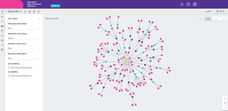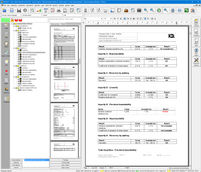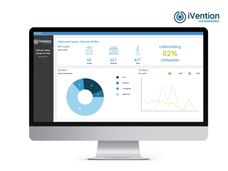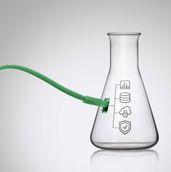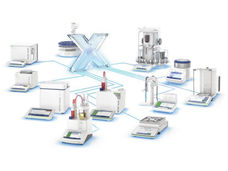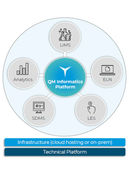LIMS/LIS Market and POCT Supplement
Fuelled by the coincidence of vendor and end-user objectives of improved enterprise connectivity, the EUR172.3-million European laboratory software and systems market has entered a period of dynamic change. Budgetary myopia, however, looms as a key obstacle to exploiting potential growth opportunities.
"The ability to connect laboratory systems to the wider organisational network is the key to future growth in both the non-hospital and hospital sectors," notes Chris Cherrington, Research Analyst from Frost & Sullivan.
"Although actual market needs and end-user requirements are not changing significantly at the laboratory level, what is changing is the relationship between the laboratory system and the rest of the organisation's IT systems. In all instances, the goal of both vendors and end users is to interconnect the laboratory with the rest of the enterprise," he further explains.
Driven by this trend, revenues of the total European laboratory software and systems market comprising laboratory information systems (LIS) for the hospital sector and laboratory information management systems (LIMS) for the non-hospital sector are set to reach EUR216.2 million by 2006.
At present, the major challenge for suppliers is the dearth of end-user funding. While there are real long-term cost savings presented by the integration of hospital software and the introduction of electronic patient records with access to laboratory and radiology data in real time, the initial investment is cost-prohibitive.
In an era of tightened budgets, particularly in the public-funded hospital sector, the sacrifice of long-term gains for short-term cost savings has stifled implementation of hospital LIS. Accordingly, revenues are forecast to be stable at around EUR97 million annually until 2005.
Mr. Cherrington observes, "Just 30 per cent of European hospitals have some installed base of software, with a potential to treble the current market if other establishments were to adopt computerisation." Vendors able to prove a strong case for updating or purchasing new LIS are, therefore, in line to reap sizeable profits.
The use of new technologies as healthcare delivery vehicles represents a promising trend for the future. The UK Government, for instance, has committed large sums of money to healthcare IT as part of its programme to modernise the UK National Health Service. The first large contract, of nearly $107million, has been awarded to Sema Schlumberger. The company's Cerner software booking system is designed to shorten the politically sensitive waiting lists that have dogged the United Kingdom for many years.
"By integrating these changes across the organisation, UK hospitals are likely to improve their total cost of treatment - if only they measured it. At some point, this must become accepted wisdom, and at that time it is expected to change the face of hospital IT. What is needed now is a large vendor to back this method of looking at healthcare budgets," comments Mr. Cherrington.
Demand for laboratory information management systems (LIMS) used in non-hospital settings is derived principally from the pharmaceuticals sector. The need to effectively manage increasing data loads, replace outmoded operating systems and hardware platforms in existing LIMS installations and boost enterprise interconnectivity is poised to expand the EUR73.9-million market. The most rapid acquisition of new LIMS is expected to originate from the proteomics and genomics sectors.
The competitive landscapes in both the LIS and LIMS segments are in flux. In the former, most smaller, independent LIS vendors are likely to either leave the market or be acquired, leaving the field clear for domination by major HIS vendors or systems integrators.
"For the vendors therefore, there are two survival strategies. The first is to enter into a partnership or formal merger with a HIS vendor or the producer of enterprise-style software utilised by hospitals. The second strategy is to enter into a partnership with a systems integrator active in the hospital sector," advises Mr. Cherrington.
In the LIMS segment as well, smaller vendors are likely to exit the market, with mergers, acquisitions and new entrants poised to redefine the competitive environment. As LIMS buyers move to integrate laboratory systems with enterprise IT, exciting growth prospects beckon. However, vendors need to be cautious as such change is likely to evoke a typical 'wait and watch' end-user approach, which has constrained past development.
To leverage growth opportunities within the laboratory software and systems market, vendors will not only have to tackle the issue of end-user budget deficits, but will also have to overcome scepticism caused by prior bad experiences while ensuring regulatory compliance.
























